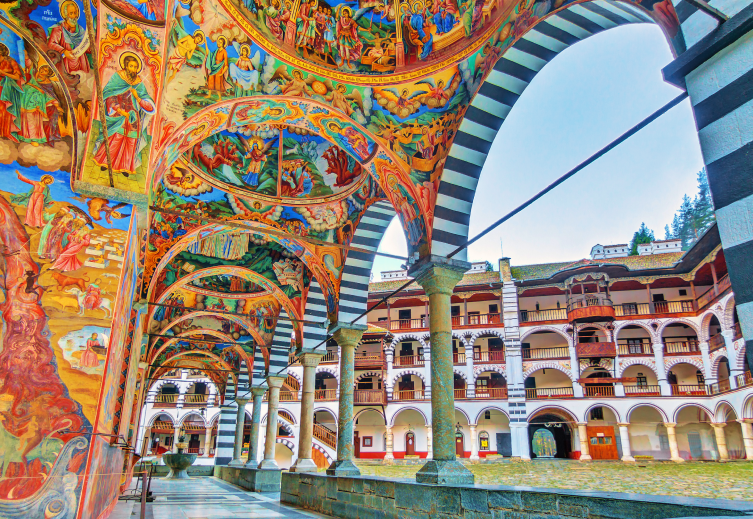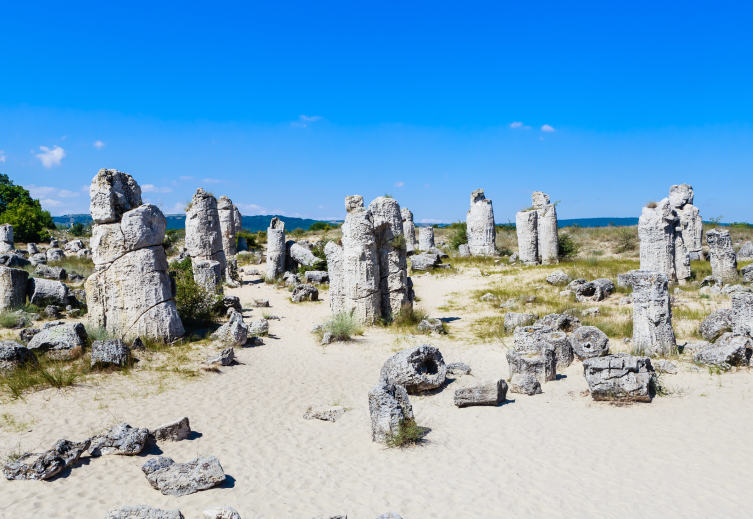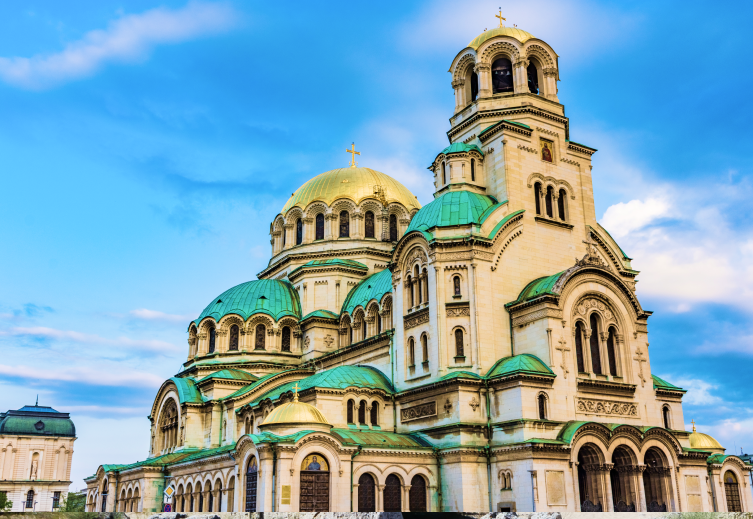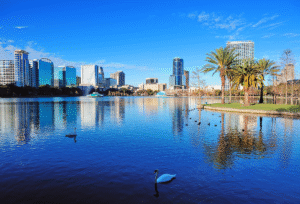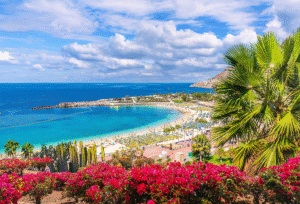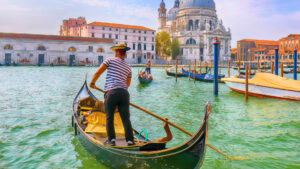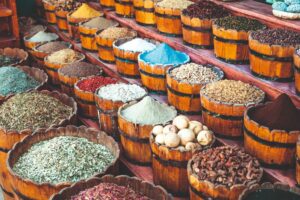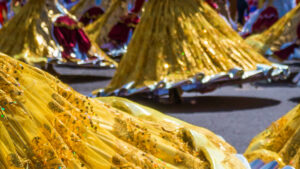
While the hot climate, superb beaches and bustling party life are some of the biggest draws to a holiday in Bulgaria, there’s so much more to this robust and historically rich country.
Bulgaria’s language and cultural identity are among the most distinctive in Europe, and it all stems from the legacy that has evolved over the centuries into the destination we so adore today.
It’s best to get some facts locked down ahead of your holiday so let’s have a look at the culture and traditions in Buglaria, as well as a few significant cultural sights you should add to the itinerary.
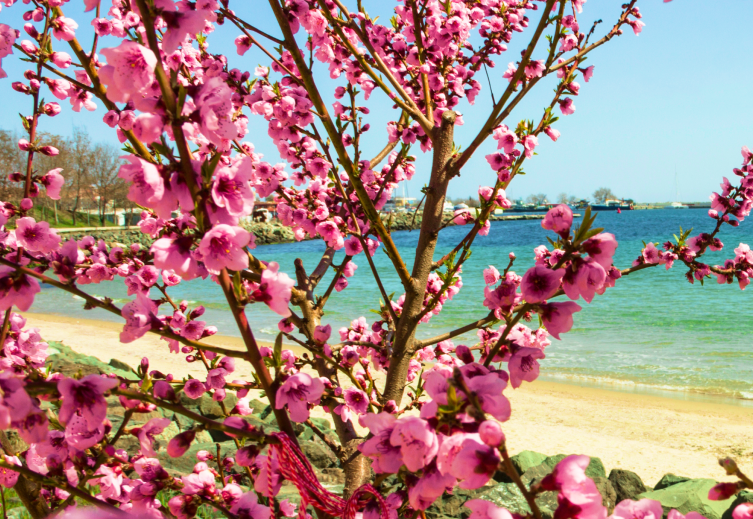
Bulgarian traditions
Baba Marta and welcoming the spring season
In Bulgarian folklore the 1st March is the beginning of spring. The turning of the season is personified by a grumpy elderly lady called Baba Marta, meaning Grandmother March, who is strongly associated with the colours red and white. Each year to celebrate, Bulgarians give each other red and white dolls made of tassels, called Martenitsa. Traditionally, Martenitsa dolls are placed under rocks or tied to trees, giving Bulgaria the appearance of an early spring flowered with an abundance of fluffy red and white blooms.
The fire-walking ceremony of Nestinarstvo
Traditionally performed by Nestinari, who are guardians of the village chapel and religious icons, this ritual involves walking barefoot over burning embers to the sound of drumming. Normally celebrated annually on 21st May, St Constantine and St Helen’s Day, it continues to grow in popularity for visitors. Because of this, it’s now possible to see it at other times of year in larger cities, though many smaller villages still perform it purely as a sacred rite.
Getting chilly in the water on St. Jordan’s Day
St. Jordan’s day is celebrated every year on 6th January to mark the Christian epiphany and baptism of Jesus by John the Baptist in the River Jordan. Two traditions are observed on this day. For the first, a priest throws a cross into a river and men compete to retrieve it. The other involves men dancing in freezing water to folk tunes.
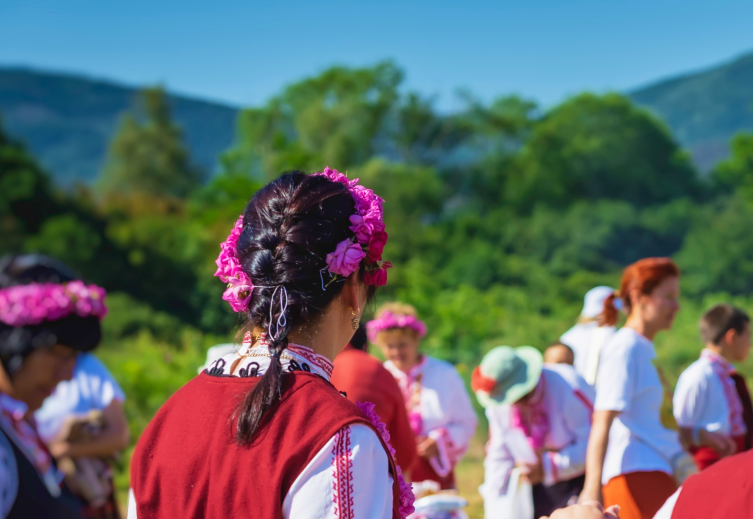
The culture in Bulgaria
Bulgarian folk music
Bulgarian folk music is distinctive for its uneven rhythms and special droning tones sung beneath the main melody. Each region of Bulgaria actually has its own music and dance traditions, so you can find a multitude of variations to explore. Traditional musical instruments include the Gaida, a Bulgarian version of the bagpipes, which looks exactly like Scottish and Irish bagpipes and produces the same kinds of interesting sounds. The folk dances that accompany these instruments have complicated steps and are usually quite fast – not sure we could master it! The majority are circle dances such as the Oro, which is danced by young men and women to help them get acquainted with one another.
A Bulgarian Valentine’s Day
While the 14th February revolves around St. Valentine’s Day in the UK, it’s all about Saint Trifon Zarezan in Bulgaria, and is called St Trifon’s Day. St Trifon was a martyr of Christianity and the patron saint of winegrowers and winemakers. His symbol – pruning shears – adorns a festival all about wine, abundance, fertility and having fun. It’s believed that St Trifon helps the local grapevines to grow, which is why Bulgarian wines are so delicious.
Must-see cultural sights in Bulgaria
The architecture and fables of Nessebar
The whole city of Nessebar is indeed an UNESCO World Heritage site, not just for its architecture, but for the 3,000 years of history that inspired it.
The city is hard to top, having been founded in antiquity as a Thracian colony and changing hands over the ages from Byzantines to modern Bulgarians. These influences have left their make all over and the buildings still stand in a medieval style with dramatic stonework and rich red rooftops. Walk through the narrow streets of Nessebar and see hints of history everywhere you look. There’s crumbling church ruins, impressive restored monasteries, and even a quaint wooden windmill that makes for the perfect photo backdrop.
Rila Monastery
Rila Monastery is the most important spiritual and literary centre in Bulgaria and was founded by Bulgaria’s patron saint St John. Due to an awful fire in the early 19th Century the monastery was rebuilt but the incredible architectural styles were well preserved and its elegant design highlights the impressive use of stone, where black and white stripes form distinctive arches beneath sublime towers.
What’s more, Rila Monastery is surrounded by acres of rich, green woodland. The forest is actually protected site, but you’re free to explore it along beautiful hiking trails that have been created. Further along you’ll come across Rila National Park, made up of spectacular lakes, valleys and meadows.
Varna’s Stone Forest
With several hypotheses about its creation, there’s been no set answer as to how this site was first developed, but it certainly makes for a fascinating day trip. The Stone Forest, also knows as Pobiti Kamani, consists of several stones sticking out of the ground, some as tall as 9 metres and some as wide as 3 metres! Covering over 13 square kilometres there are several groups of these rocks, all preserved to different levels, but you can get up close and walk through the desert, either alone or with a guide.
Aleksander Nevski Cathedral
The symbol of not only Bulgaria’s capital city Sofia, but of Bulgaria as a whole, Aleksander Nevski Cathedral is an iconic, must-see. It’s a church that was built between 1880 and 1912 to honour the hundreds of thousands of soldiers that fought for Bulgaria’s independence during the Russo-Turkish war. Featuring a 45 metre high golden dome, it took over 30 years to build and cost 4 million lev.
Veliko Tarnovo
Sofia has not always been the capital city of Bulgaria, head to Veliko Tarnovo to see what was the historical and cultural capital city. Veliko Tarnovo remained the capital until the Ottoman Invasion into Europe but still has plenty to show. Surrounded by forests and hills, it’s one of the most beautiful locations in Bulgaria offering much history and nature. The medieval buildings have kept the spirit of Veliko Tarnovo alive, plus there’s several museums and monuments that’ll have you thinking you’ve stepped back in time.
If you build these 5 must see sights in Bulgaria into your itinerary, for starters you’ll have one incredible photo album, but you’ll really feel like you’ve seen the real Bulgaria and learnt much you didn’t know before. Then you can head down to Sunny Beach and lay out that towel!
You may also like
Bulgaria

